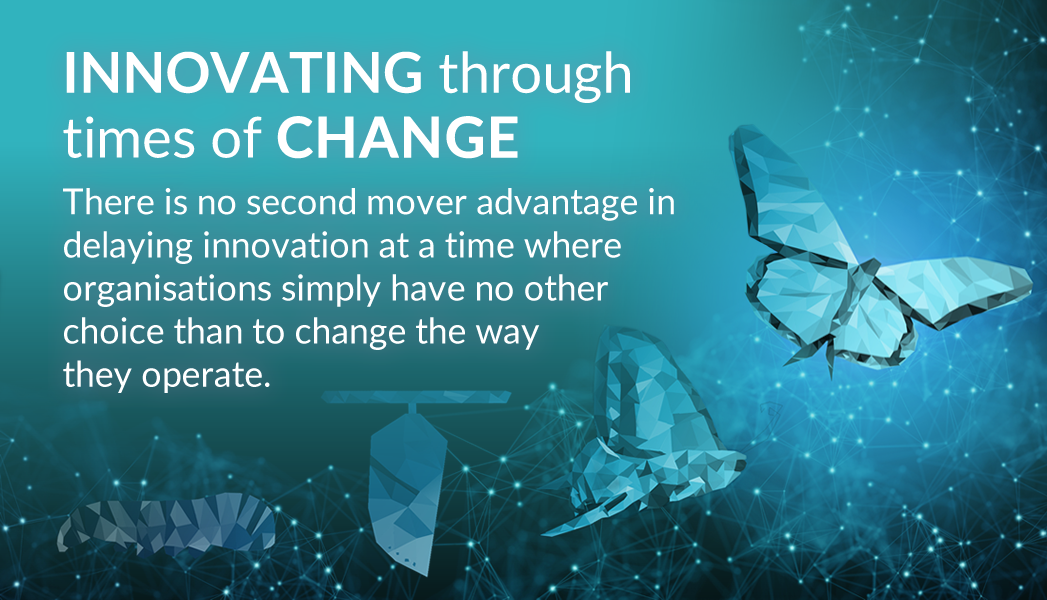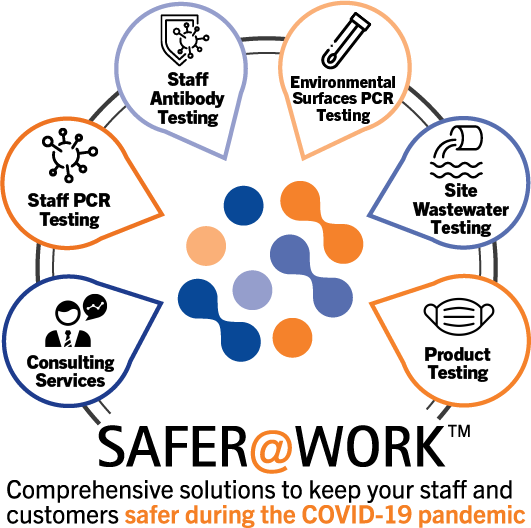
In a village, there were two sellers, John and Jill, both selling honey. But John was able to attract more customers or get super high sales while Jill kept wondering, despite his discount offers, why there was no crowd at his store. Why was this happening? Because John cracked the behavioral psychology of the customers that attracted them towards his product. Do you know what it was? Good talks and a welcoming smile. Now, as a business owner/ entrepreneur, if you want to have the same impact as John, you will have to crack the psychology of humans through behavioral analytics.
What is Behavioral Analytics?
It is the process of knowing why customers are using your product over and over again and what is making them fall in love with your product. It can be done through setting up analytical tools which can check different approaches and provide a result of which approach has worked and which approach has failed, leading to this response. In the case of John, his welcoming tone pulled more crowds at his store. So, as an entrepreneur/ businessman, how can you crack this enigma code known as hacking into customer psychology?
How To Use Behavioral Analytics to Build Great Products?
1. Discover Your Product Stickiness
Every product has unique attributes through which it attracts customers towards it. So, if you are launching your own product, you will have to analyze/ discover that stickiness/ attribute and work towards improving the same. How to do that? You can do the same in the following ways;
Create a frictionless signup process to allow more onboarding because data will be the key. More users signing up, more data.
Use an interactive walkthrough for streamlining the onboarding so that whenever new users are coming, they are not annoyed, and they provide all the relevant details when asked to analyze their behaviour. Based on this, you can take the next move.
Integrate in-app messaging to better understand how customers are responding to specific feature upgrades or more shown to existing and new users.
Use a secondary onboarding where the users can demonstrate the feature that best fits their requirements. For example, you can use a pop-up highlighter substantiating what’s best that can uplift a user’s journey: old or new. In this way, you can do great while building your next disruptive product.
Amazon is a perfect example to quote using product stickiness to build the best products, amplifying their sales and revenues. How did they do this? When the Amazon app bundled Free 2-day shipping, Prime Video, Prime Music, exclusive deals, and cloud storage under a single package, it was seen that Amazon customers started spending 2X more than normal customers because the platform was able to understand the customer psyche better and suggested them products based on their past consumption journey and future expectations, thereby, stimulating their sales.
Not just this, even new subscribers swarmed in from 60 million in 2016 to 200 million in 2021. In this way, it looked much more personalized and better to use Amazon post the bundled package discovery: Their stickiness was identified. This was just the tip of the iceberg because Amazon was able to extract everything about the customer under a single checkpoint and use the same to the best of their advantage to preempt their moves. If they failed, they did A/B testing to improvise and personalize better. Thereby making it the greatest e-commerce brand, even outsmarting stalwarts like eBay.
2. Abstract Friction from Interaction
The next stage will be now that you have got the mantra which is allowing your users to stick to your product like Amazon’s combo package, you will have to eliminate any friction that they go through while landing on your website pages/ apps or to use your product, whatever it is. For example, suppose you are a florist, and you have your e-commerce app allowing users to buy flowers nearby at the cheapest rates. That’s your stickiness, but while the customers are happy that they get the rare flower species at economical rates, they have to undergo multi-layered frictions like 2FA, intent-based checkout, past product purchase reviews and so on and so forth.
So, if you are creating that perfect product that goes beyond just the product and builds the perfect platform from which the users can buy your perfect product, you need to balance UX with the product features. In this regard, what you can do is checklist the problems that users are going through. For example, at which point they are churning or exiting the cart, like when the app is asking for logins multiple times; at that point, the customer churns while making payments or while writing the reviews before they make the checkout.
These are a few checklists that you can improve because when the customers are getting their solutions desired but with a lot of friction, they might opt out to purchase from somewhere or even delay the decision to make the purchase for some time. In both these situations, as a business owner, you lose. So, when you eliminate the friction from interaction and make the experience seamless, you will see conversions.
3. A/B Testing The Behavioral Analytics
Now you have all the intel: (i) Product stickiness, (ii) frictions, (iii) New developments to integrate. After knowing all of them, you are now integrating all the improvements in your application or website to amplify your product and the user’s product journey. But wait for a while because all the data that you have got might not be substantial enough to push for updates at a general scale. Why? Because not everyone will behave in the same manner. So, the best that you can do is push them as a litmus test periodically on a sizable user base. A/b testing the behavioral change is the same. In this, you are not simply bombarding everything that you have learned through interaction with the customers. On the contrary, you are injecting them in a phased manner to make necessary changes as and when needed when some things that were expected to work might backfire. So, if you are planning to change the colors, or integrate a quick checkout button or simplify discoverability, do not make it look forced. Rather, you have to check the same and make necessary adjustments based on the findings and how a large portion of the users are reacting to such changes.
A wine company did the same where. They, changing colours and pallets and even simplified quickly landing to the checkout section if someone has discovered the product through online searches. In this way, the company eliminated the friction because most of the visitors were not comfortable going for the signups and inputting all the information like where they live, what they do, this and that to just make a wine purchase. In this way, the store was able to do a lot of sales.
Conclusion
So, if you are using behavioural analytics to help amplify your product and you are sticking to these strategies, it will work, but these strategies are not absolute but relative. This means they are ongoing and evolutionary, so you will have to continuously adapt to the changing habits of the customers to make them stick to your solution. Ve3 provides all the help in the development and strategizing to use behavioral analytics to amplify your product’s identity in the market. Get on a call with our experts to discover what we can do when you are planning to use our behavioral analytics tool to make your product better. Contact us or Visit us for a closer look at how VE3′ solutions can drive your organization’s success. Let’s shape the future together.







